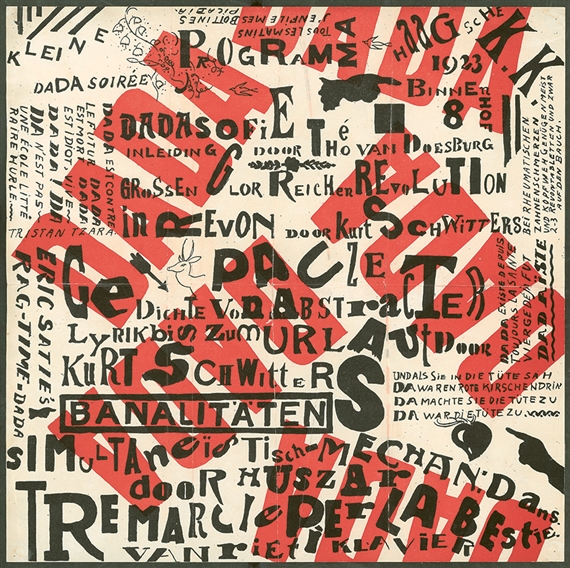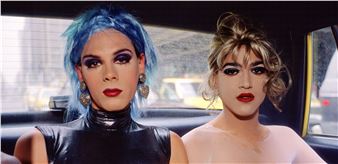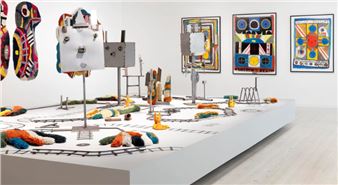Dada is Dada
Dada is Dada presents paintings, drawings, documents, photography, collages, objects, sound recordings, and films from one of the most influential art movements of the 20th century. Dada began in 1916 in Zurich as a reaction to the conservative values of bourgeois society and conventional aesthetic ideals, to nationalism and the on-going First World War. In just a few years, the movement developed into a network of collaborations spread widely across the world, engaging more than 150 artists. Strong individual characters and great diversity made Dada an extremely dynamic collective.
Although Dada can be seen as the first international art movement, it was a melting pot of a lot of different styles. The movement was kept together by a critical attitude to society and art, a deprecation with anarchistic traits. The expression of a cultural revolt, Dada was to rally visual artists, authors, and musicians. In its mission to bring art and life together, Dada used new materials and invented new techniques, such as collage, ready-mades, happenings, performance, street theatre, sound poetry, and film. The works are often characterized by a surface of nonsense, irrationality, and playfulness. Humour, irony, wit, mockery, and satire constituted the language by which the Dadaists criticized and questioned their time.

Recommended for you
Dada is Dada presents paintings, drawings, documents, photography, collages, objects, sound recordings, and films from one of the most influential art movements of the 20th century. Dada began in 1916 in Zurich as a reaction to the conservative values of bourgeois society and conventional aesthetic ideals, to nationalism and the on-going First World War. In just a few years, the movement developed into a network of collaborations spread widely across the world, engaging more than 150 artists. Strong individual characters and great diversity made Dada an extremely dynamic collective.
Although Dada can be seen as the first international art movement, it was a melting pot of a lot of different styles. The movement was kept together by a critical attitude to society and art, a deprecation with anarchistic traits. The expression of a cultural revolt, Dada was to rally visual artists, authors, and musicians. In its mission to bring art and life together, Dada used new materials and invented new techniques, such as collage, ready-mades, happenings, performance, street theatre, sound poetry, and film. The works are often characterized by a surface of nonsense, irrationality, and playfulness. Humour, irony, wit, mockery, and satire constituted the language by which the Dadaists criticized and questioned their time.
Artists on show
- Beatrice Wood
- Carel Willink
- Erwin Blumenfeld
- Francis Picabia
- George Grosz
- Georges Ribemont-Dessaignes
- Greta Knutson-Tzara
- Hannah Höch
- Hugo Ball
- Jean Arp
- Jean Crotti
- Kurt Schwitters
- Lajos Kassák
- László Moholy-Nagy
- Man Ray
- Marcel Duchamp
- Marcel Janco
- Max Ernst
- Paul Joostens
- Paul Roelof Citroen
- Pierre-Albert Birot
- Raoul Hausmann
- René Clair
- Richard Huelsenbeck
- Serge-Ivanovich Charchoune
- Sonia Delaunay
- Sophie Taeuber-Arp
- Suzanne Duchamp
- Tristan Tzara
- Viking Eggeling

 ARTISTS
ARTISTS















